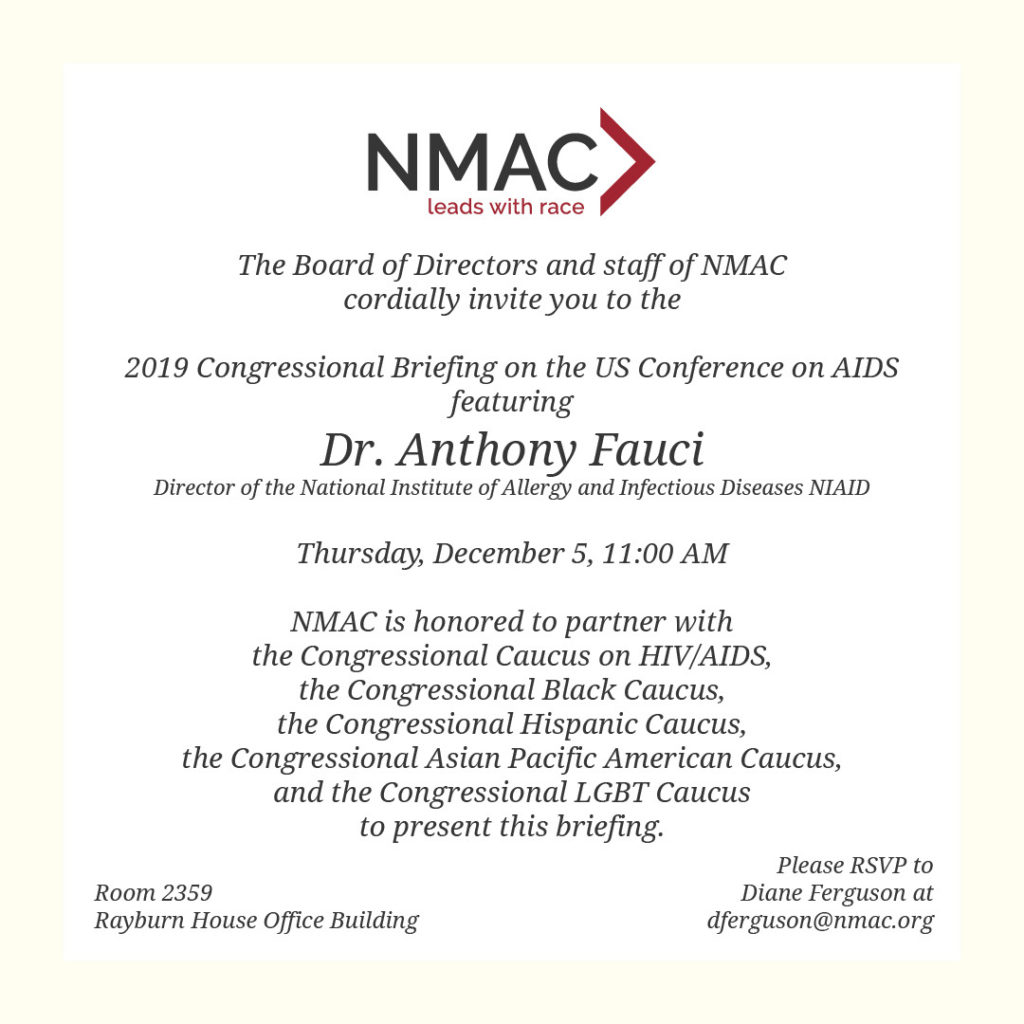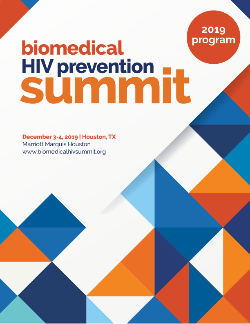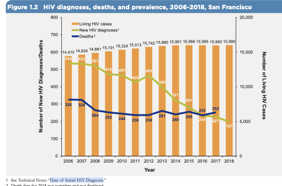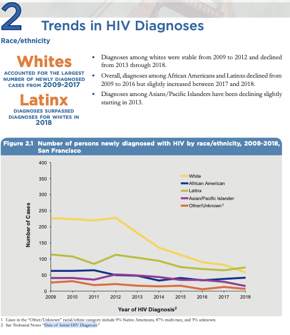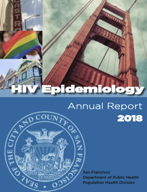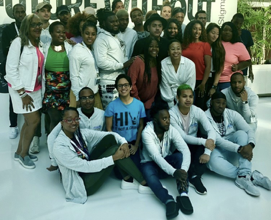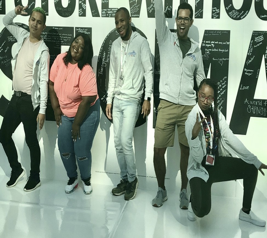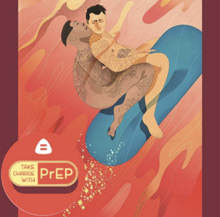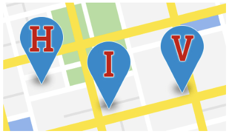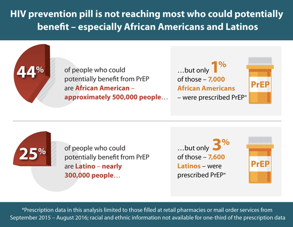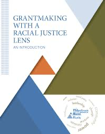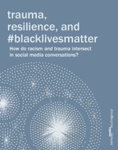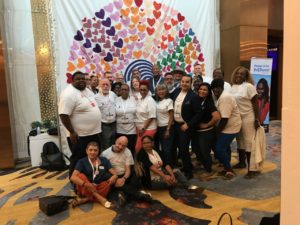 Several of our 50+ Scholars at USCA have shared their stories of what attending the conference meant to them. We’re happy to share them with you now.
Several of our 50+ Scholars at USCA have shared their stories of what attending the conference meant to them. We’re happy to share them with you now.
Emilio Apontesierra-Paretti
My experience with the 2019 USCA was very informative, a great networking strategy, and a good rollercoaster of emotions. USCA not just gave me tools about how I can help to End the epidemic in their memory, but it gave me hope and the opportunity to speak up. Being one of the 51 scholars of this year 50+ Strong & Healthy program is one of the more humble experiences that I never had felt before.
Having workshops focused on 50+ people living with HIV is not just important, but it provides us with the opportunity to have our voices heard and to share our own personal experiences. Ending the epidemic without us is not possible and each one of us have our own rollercoaster of challenges.
Wow moments from USCA are so many but the hundreds of warm smiles, thousands of “Hi brother,” “hi sister,” and innumerable family hugs have to be the first “Wow moment” to be mentioned. Social media training needs to be mentioned also. What great tools for those who know how to deal with online challenges, definitely a challenge for those who are over 50+ and with little social media literacy! The plenary with Dr. Redfield’s mandate for disruptive innovation have to be mentioned, because it had empowered me to follow those leaders who protested to him and to the whole country with the power of their truth. Watching protesters doing what he asked for: “Disruptive innovation.” Protesting is not new in the HIV field, but those protesters are innovators. They have provided clear and precise information for CDC to star innovating, Arianna Lint giving data of and from transgender people was a disruptive innovation that worth to mention in my wow moments. Another memorable moment of my rollercoaster was during the special exhibition ball featuring Dominique Jackson, Mother Elektra from “Pose.” Category is: Ending the Epidemic with Inclusion!
Robert Pompa
USCA 2019 was “a smash hit,” “the bomb,”, “dope” or however you choose to describe an exceptional conference experience. It is apparent the lengths which NMAC organizers go to ensure that PLHIV feel welcome and safe in addition to the attention to diversity, inclusivity, and intersectionality. I attended several of the breakout sessions that were part of the HIV 50+ program as well as several that met other needs for my role at my home agency. I was blown away by the opportunity NMAC provided to offer a discussion with Laura Cheever! Thank you, Moises, for giving me a chance at the mic to express my comments directly to Dr. Cheever. Specifically, the importance for all policies and programs to be drafted and enacted through a Trauma Informed Care (TIC) lens and that anyone receiving funding to deliver services be trained in TIC. Additionally, I stumbled upon the “Positively Fearless” mental health break out session and was in awe of the delivery style and topics of that session. The gentleman who facilitated was exceptional (the panel too!). This session “nailed it” in regards to mental health concerns for what it means to live with HIV (at least many of the folks I serve in my BCS role as well as my own)! Thank you again NMAC for the privilege and honor to be a member of the HIV 50+ Strong and Healthy Cohort and another wonderful conference.
Art Jackson
My experience at USCA can be summed it with one word and that is “Enthusiasm.” I learned new ideas on addressing those of us aging with HIV by attending the various specific tracks that dealt with housing, HRSA, and and the luncheon plenaries where we the audience got to engage in the slide before the track started was beyond awesome. USCA allows many of us to not only network and check in with each other but one of the most important aspects for me is the access to the latest and most up to date information when it comes to HIV/AIDS education, prevention, and care.
NMAC has led the way in not only addressing but being very specific in the need to have programming addressing the ever growing population of people living with HIV. Whether it is those who are long term survivors, or newly diagnosed the data shows how this population is the largest and the fastest growing and looking at care and the many other issues that go along with that will be vital to us growing in a healthy, positive manner. We know that isolation, lack of housing, and the ability to live our lives in an independent manner will be vital to our future and development of programming, that addresses these issues is going to be signifcantly important to our long term survival.
Looking at how we are working with agencies whether they are state, county, city or federal one thing we must do is make sure we are addressing specific and targeted programs and policies for people living with HIV/AIDS. USCA gives us a platform, policies and practices we can use and implement that will allow our voices to be heard.
Alexa Rodriguez
My name is Alexa Rodriguez, I am Indigenous Salvadoran immigrant transgender woman. I am the director of a regional organization Trans-Latinx DMV. I have the privilege to be outside doing what I love, organizing and mobilizing community especially trans community. This year I was able to be part of the host committee and the scholars for HIV 50 Plus. I feel the love and the energies to continue contributing whit my community and with organizations like NMAC that does amazing work ENDING THE EPIDEMIC, and opening opportunity for all and especially trans women of color. one of many of my favorite part is when a trans woman of color is on stage talking on her experience next to academic scientists, because, like myself I might not a have a academic master degree, but I have a 21 years living with HIV and that make me an expert and gives me a doctoral degree in HIV. I hope to myself to be on stage on one of the coming conferences and speak from my heart and be visible to other like me and be he voice of many who doesn’t have a voice or not be heard
Mi nombre es Alexa Rodríguez, soy mujer indígena transgénero inmigrante salvadoreña, soy directora de una organización regional Trans-Latinx DMV. Tengo el privilegio de estar afuera haciendo lo que amo, organizando y movilizando a la comunidad, especialmente a la comunidad trans. Este año pude ser parte del comité anfitrión y, como académicos del VIH 50 Plus, siento el amor y las energías para seguir contribuyendo. con mi comunidad y con organizaciones como NMAC que hacen un trabajo increíble FINALIZANDO LA EPIDEMIA y abriendo oportunidades para todas y especialmente las mujeres trans de color. Una de mis partes favoritas es cuando una mujer trans de color está en el escenario hablando sobre su experiencia junto a científicos académicos, porque; como yo, podría no tener una maestría académica, pero tengo 21 años viviendo con VIH y eso me convierte en un experto y me hace tener un doctorado en VIH, espero estar en el escenario de uno de los próximas conferencias y hablar desde mi corazón y ser visible para otros como yo y ser la voz de muchos que no tienen voz o no se les escucha.
Janice Shirley
Hey, my name is Janice Shirley and Iwould like to share my experience at the USCA by way of the 50+ Scholars Club. I was able to attend all of the sessions that were suggested. The one I enjoyed most was when I was asked to be a Presenter of the micro-loan grant from Gilead which was on Community Education. I was a bit nervous because the other two presenters had power points and I just had my agenda for the months on the session that we meet on twice a month. Even with that I learned a lot about myself, like don’t sweat the small stuff and believe in my abilities and trust the process. I was also able to meet with Paul and discuss with him about doing four sessions next year in San Juan, Puerto Rico. I’ve always loved coming to the USCA because of the experience I get, the people I meet, and the things I’m able to learn and take back to my community.
Miguel Delgado
Blessings.
I first wish to thank all the deceased brothers and sisters who fought and offered their lives for a response to address this epidemic and to those who continue this renewed activism today. They are my inspiration. The HIV 50+ Strong and Healthy Program of 2019 was one made with care and quality which addressed essential issues to develop a care strategy aimed at HIV positive people over 50 years of age. The topics presented were tackled from the holistic care of us, the people with whom HIV lives who, thanks to medical advances and the care of health providers, we have a long life. The development of my skills as a leader, seeing me as an activist, advocating for our rights, are some of the benefits of this conference. A lot of emotion during the presentations, a great sense of brotherhood and camaraderie among the participants, was among others my experience. The conversation with Paul Kawata was very emotional. Being part of the group of Puerto Ricans that received the pass to hold the next USCA 2020 conference in Puerto Rico, made me proud. Thanks to the people and institutions that made my participation possible.
Porchia Dees
I received the 50+ plus scholarship to attend this year’s USCA Conference. I believe that I was one of the only 50+ scholars who were under 50 years old, and I was so honored to be able to be a voice for people who have been aging with HIV since birth. I am also very grateful for the opportunities that were provided to all of the 50+ scholars even after the conference. This year’s theme was ending the epidemic through their memory.
I attended a few sessions from the HIV & Aging 50+ track that was created for us as well as a lot of other sessions that sparked my interest. I learned so much, and was able to network and make connections with so many different advocates and representatives from different organizations around the world. It was amazing to see all of people who turned out for the 2019 USCA conference.
My favorite part about the conference was the plenary sessions. The timeline of the HIV pandemic that was given to us in the first session left me feeling extremely blessed and grateful for how far we have come in the fight against HIV/AIDS. The speeches by Iyanla Vanzant and Linda Scruggs left me feeling extremely empowered as an African American woman who has been living with HIV for going on 33 years now to continue to keep doing the work that I am doing and pushing to make a difference until we get to an AIDS free generation.
Reggie Dunbar
I attended the 2019 USCA in Washington DC September 5th-8th and was taken back to the beginning of AIDS, GRID, etc. Memory and memories are meaningful especially for those like me who were there in the beginning.
I appreciated showing the history from where we have come to where we are now to where we will be headed.
The workshops were stimulating. Having US Departments like HRSA, CDC, etc, the listening sessions, and people living with HIV in the same rooms was encouraging. Seeing and engaging community members and advocates from across the country was great.
I am more than encouraged to continue the fight and mission for advocacy, education and information about HIV-AIDS.
Thanks for the experiences and I look forward to more and future engagements with NMAC.
Steven Vargas
This year’s USCA focused on efforts to finally End the HIV Epidemic. It made very clear that to finally end the epidemic levels of HIV, we will need more than the biomedical advances to do so. We must address racism and sexism and their attendant atrocities (homophobia, transphobia, xenophobia, poverty) and the havoc they bring (unemployment, hunger, homelessness, trauma). What HIV has taught us is no matter what pills are in the pipeline, if we do not address these challenges equitably, they will continue to persist. HIV will continue to persist. If we are serious about finally ending the damage HIV can cause, then we must do more than address the medical side of HIV, and focus on the social side. Particularly important were the Listening Sessions scheduled with HRSA’s Laura Cheever and Antigone Dempsey. It provided an opportunity for us to alert our Federal funders of the need to be proactive with including those of us aging with HIV in the process of developing an end to the epidemic. Thanks to advancements in HIV prevention and medical treatment, many of us are gratefully aging with HIV. A relatively new trend, this aspect of living with HIV yields many uncertainties: how will HIV and aging interact, how do many years of taking medications as they were developed affect our aging process. We can learn and plan together for this eventuality so others may not experience the same uncertainties. Thank you, NMAC, for affording us this opportunity!
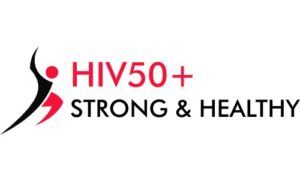 HIV 50+ Advocacy Internship: The Advocates Internship project is a new addition to the HIV 50+ Strong and Healthy Program. This internship is for those scholars looking to engage and participate in a structured effort to advocate on behalf the HIV 50+ population. NMAC awarded 12 internships for advocates to form the steering committee that will conceptualize and spearhead the creation of the National HIV 50+ Advocates Network. Scholars will attend AIDS Watch 2020 in Washington, D.C., a two-day meeting to form the National HIV 50+ Advocates Network and participate in the Federal AIDS Policy Partnership.
HIV 50+ Advocacy Internship: The Advocates Internship project is a new addition to the HIV 50+ Strong and Healthy Program. This internship is for those scholars looking to engage and participate in a structured effort to advocate on behalf the HIV 50+ population. NMAC awarded 12 internships for advocates to form the steering committee that will conceptualize and spearhead the creation of the National HIV 50+ Advocates Network. Scholars will attend AIDS Watch 2020 in Washington, D.C., a two-day meeting to form the National HIV 50+ Advocates Network and participate in the Federal AIDS Policy Partnership.